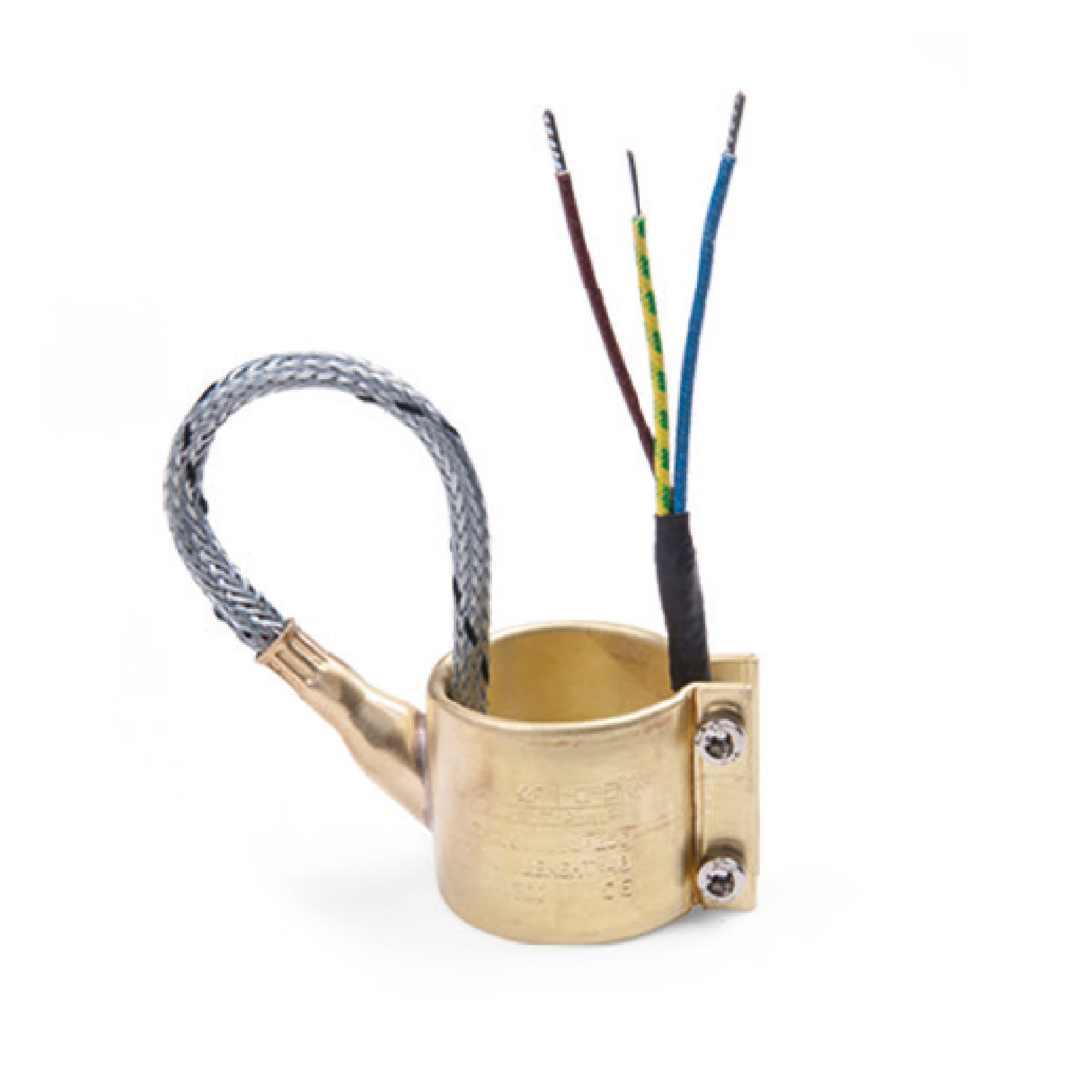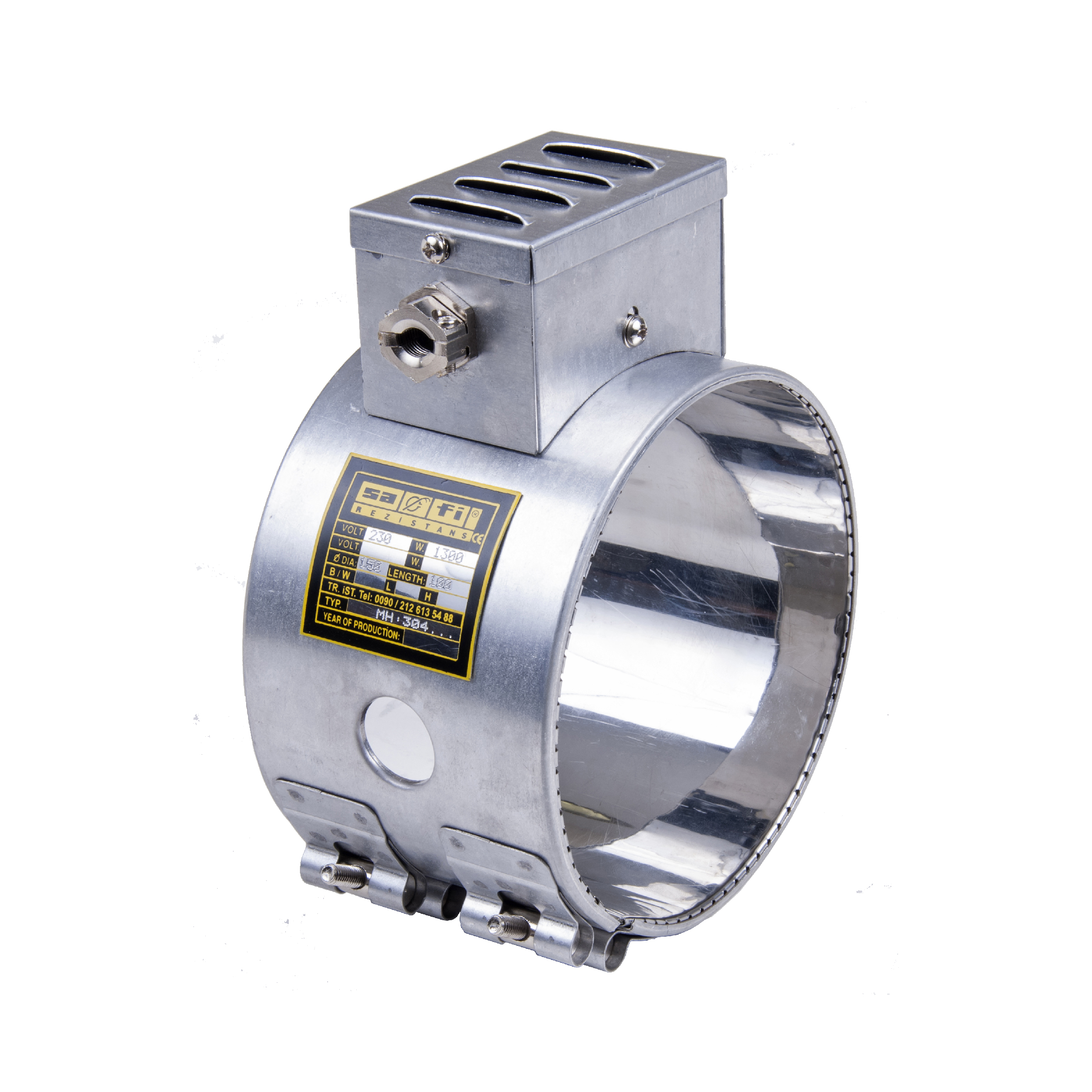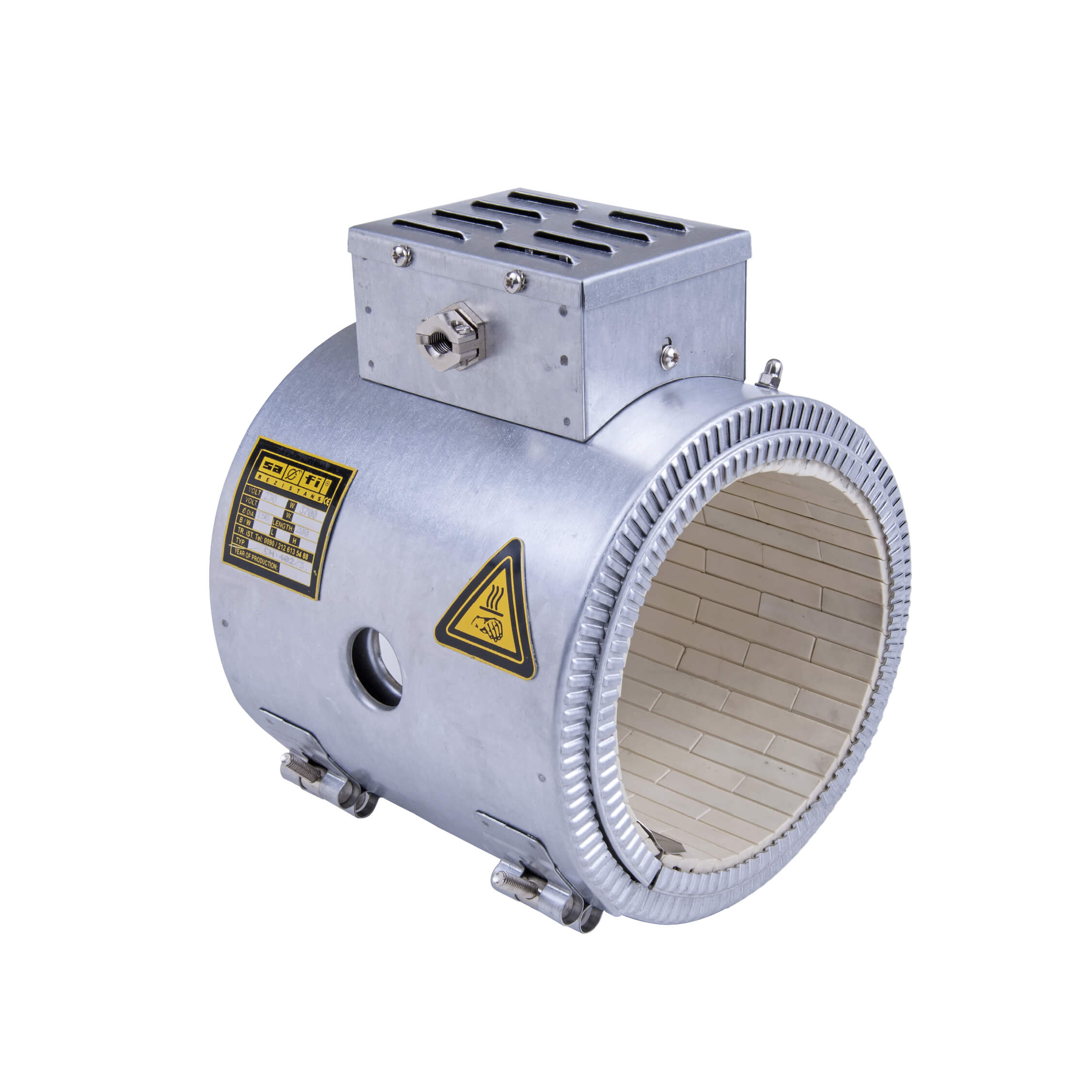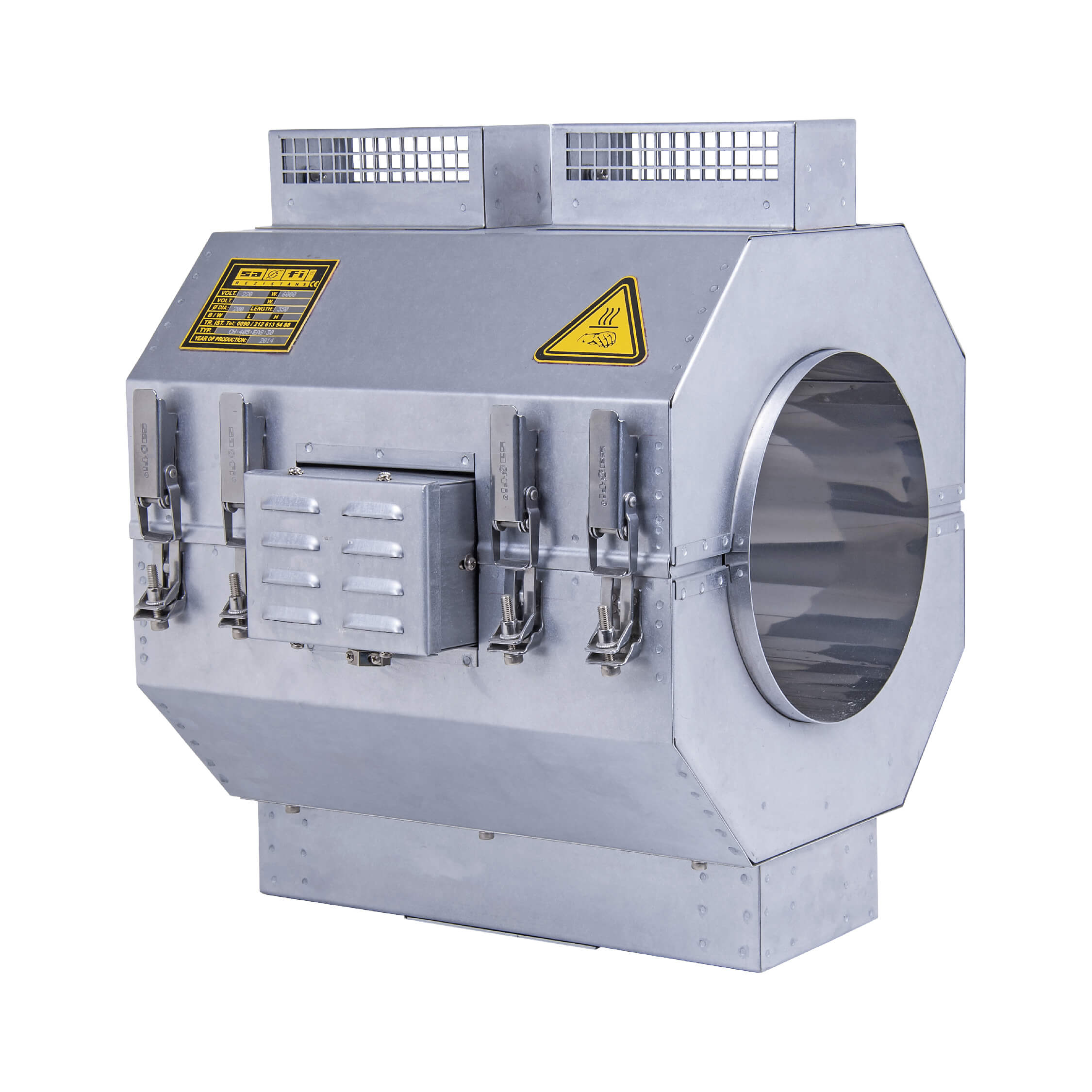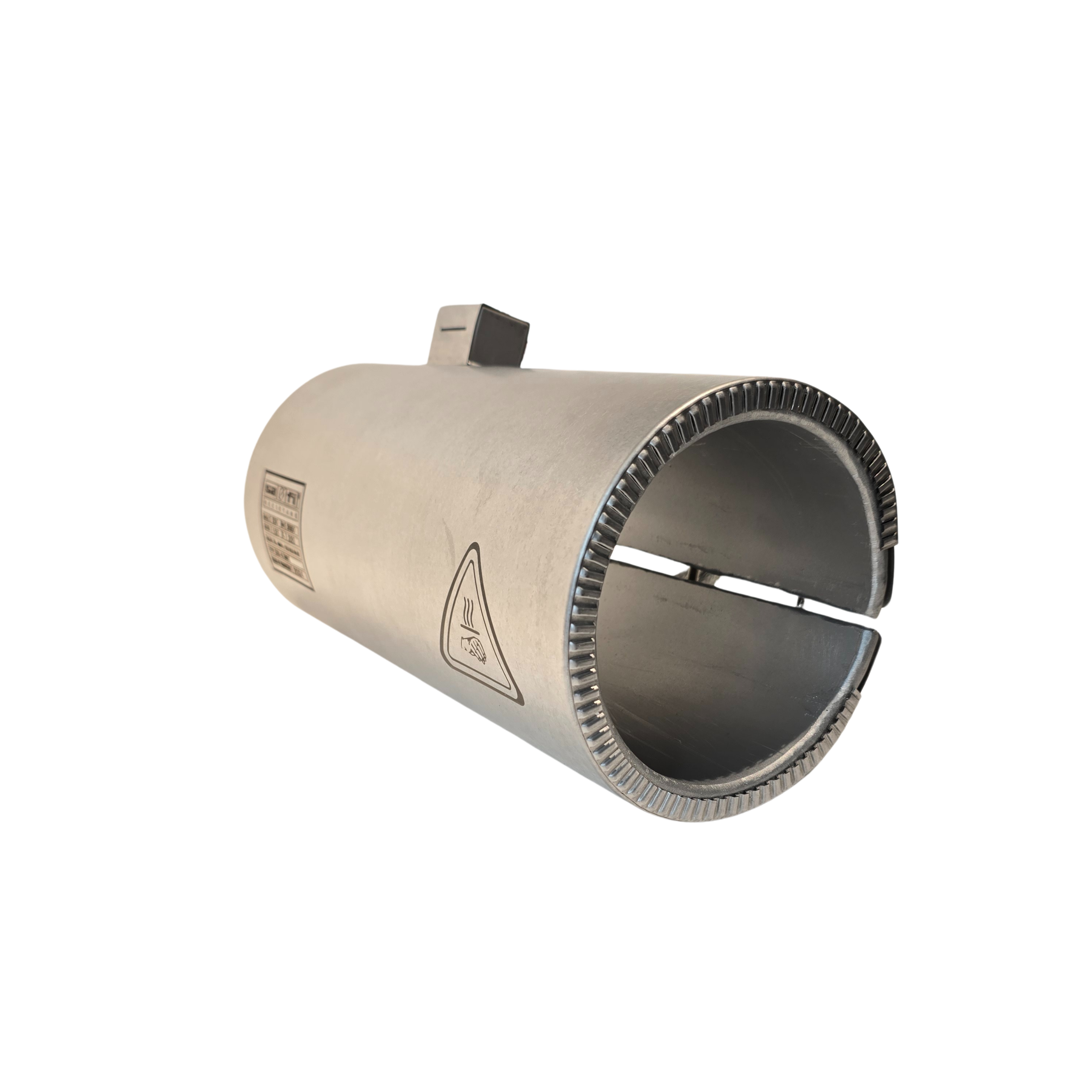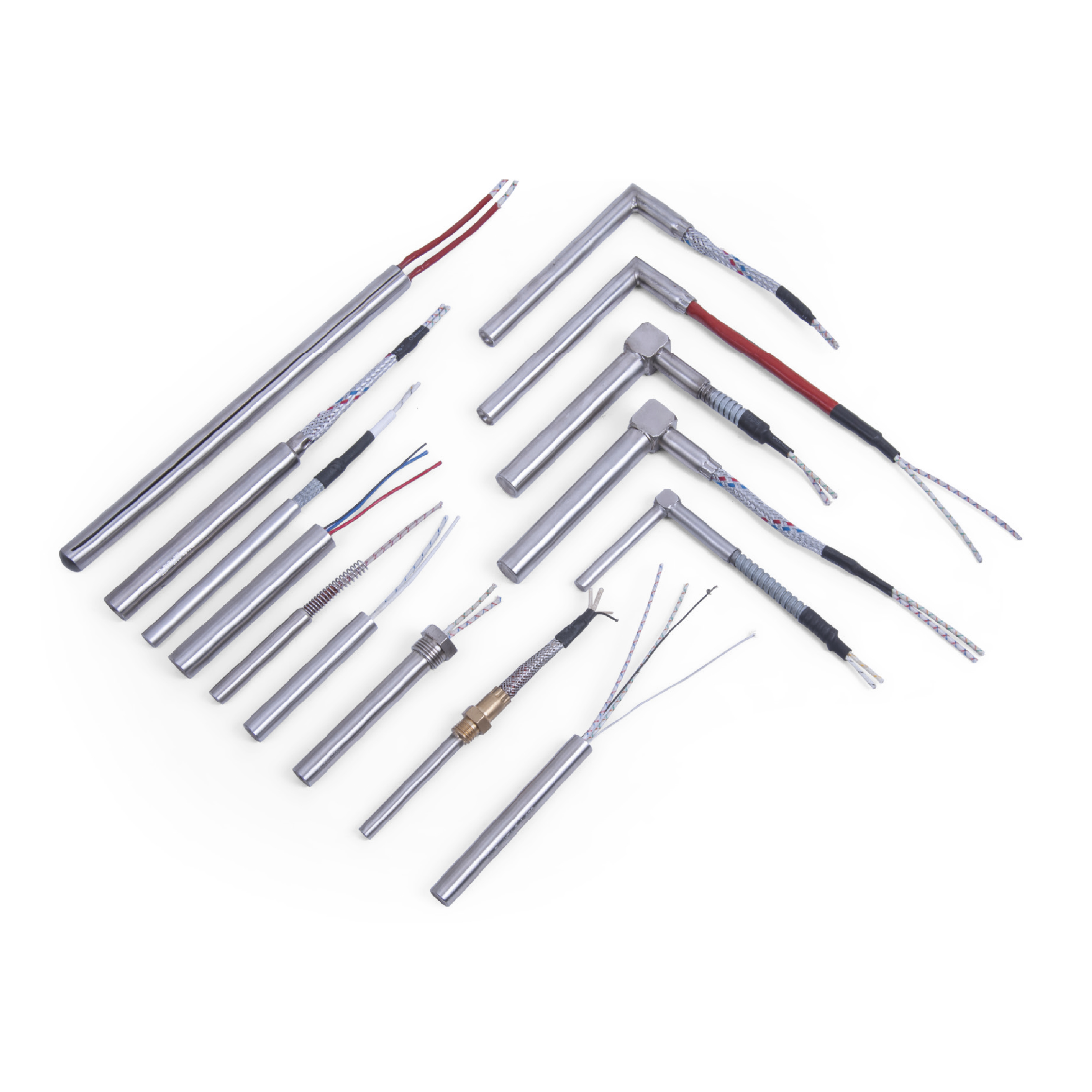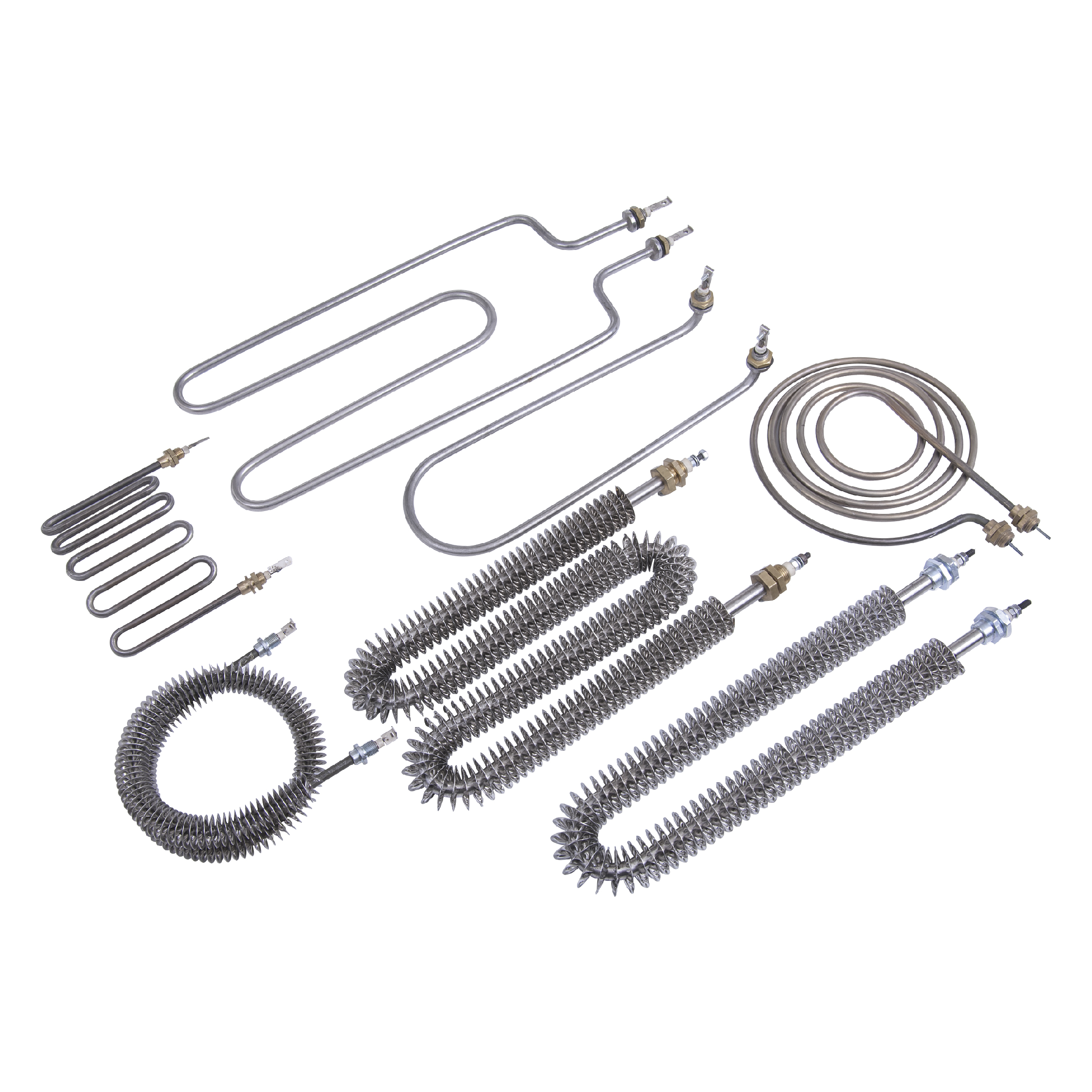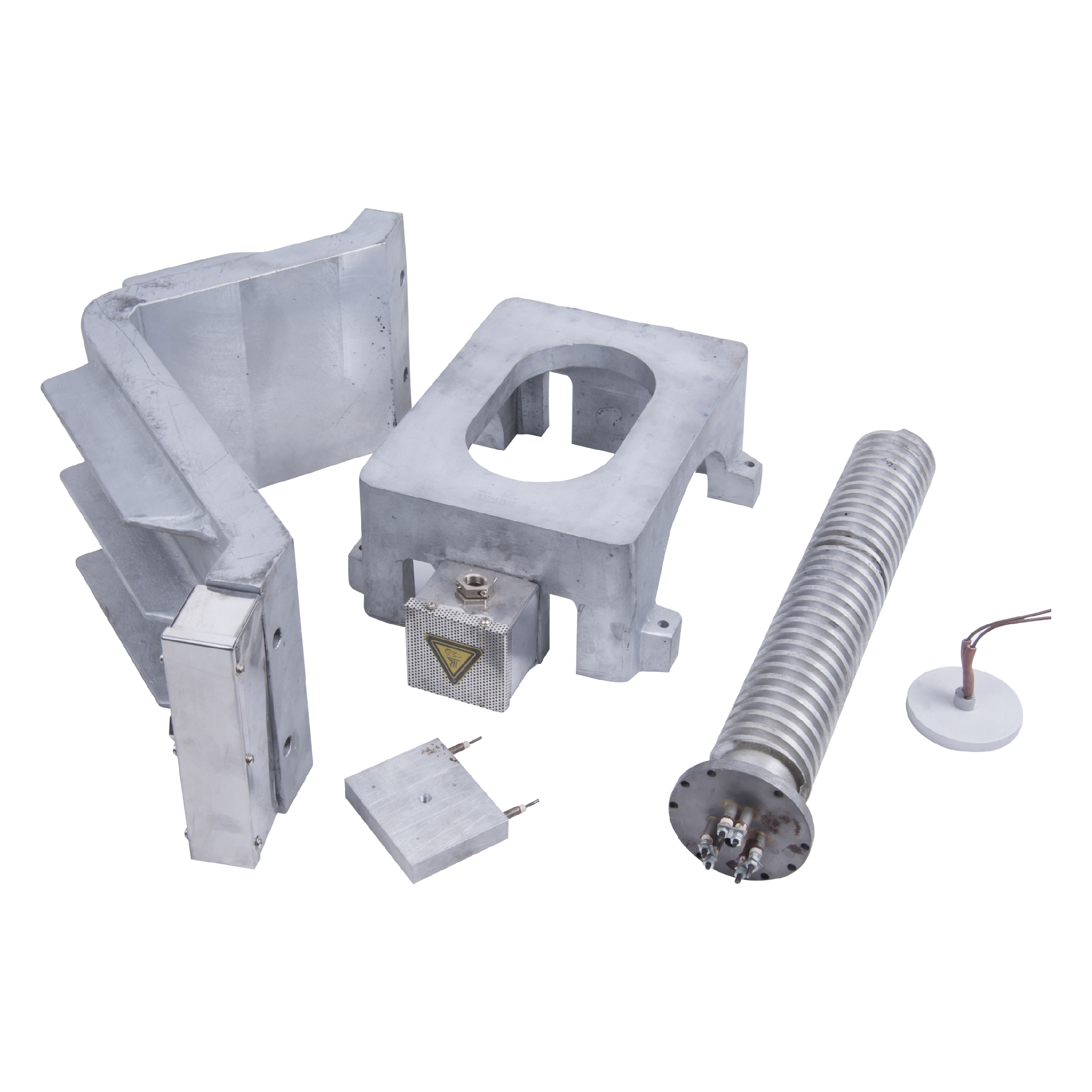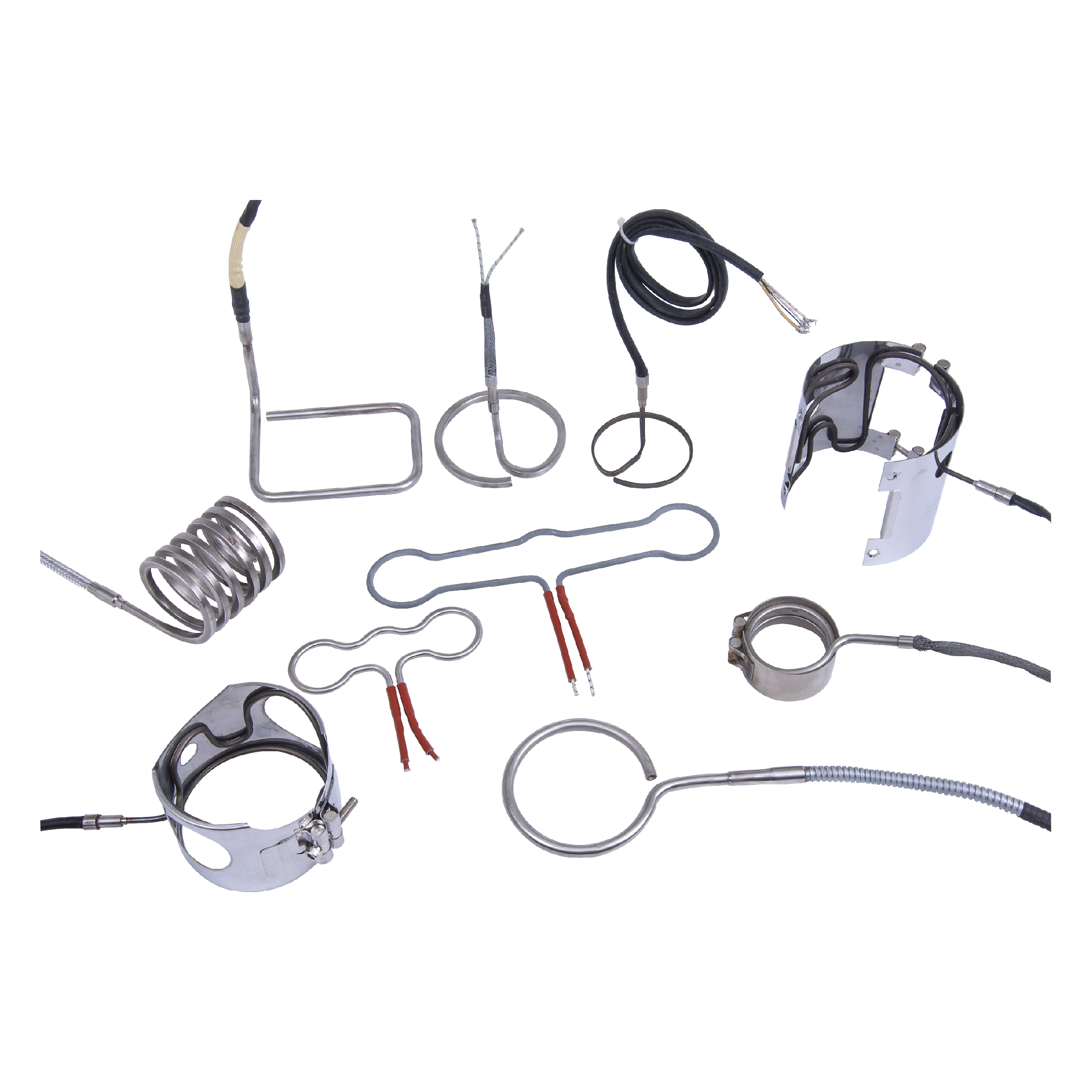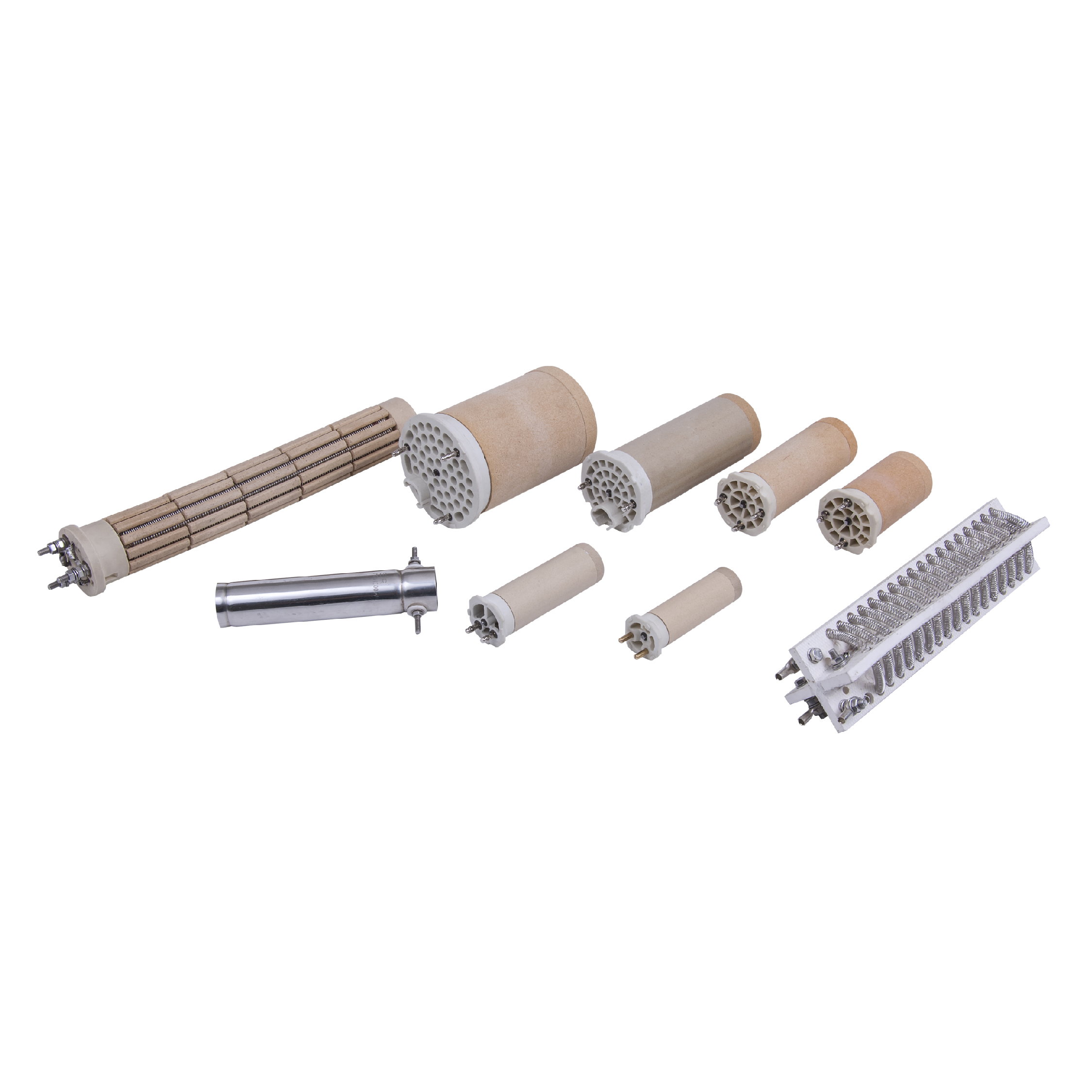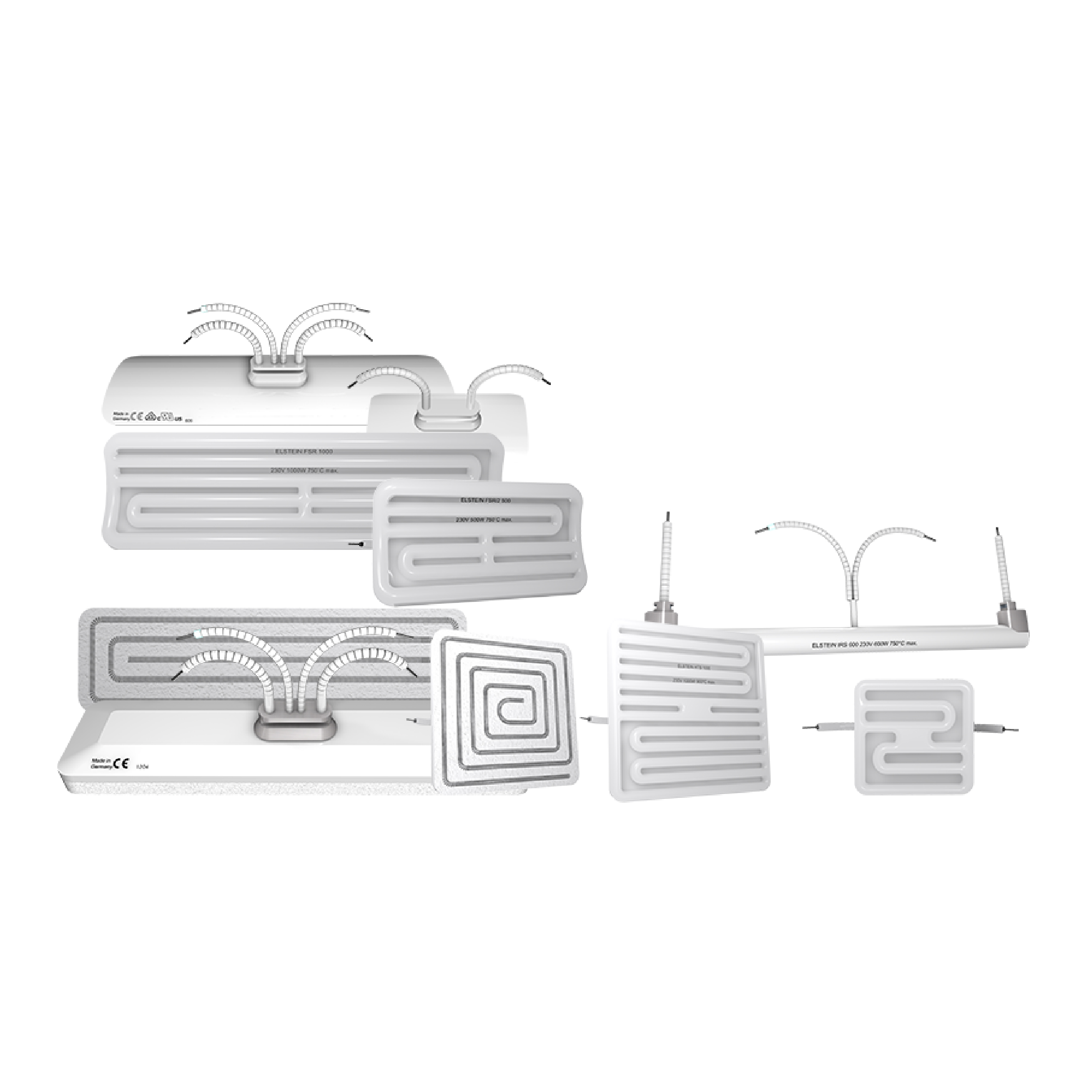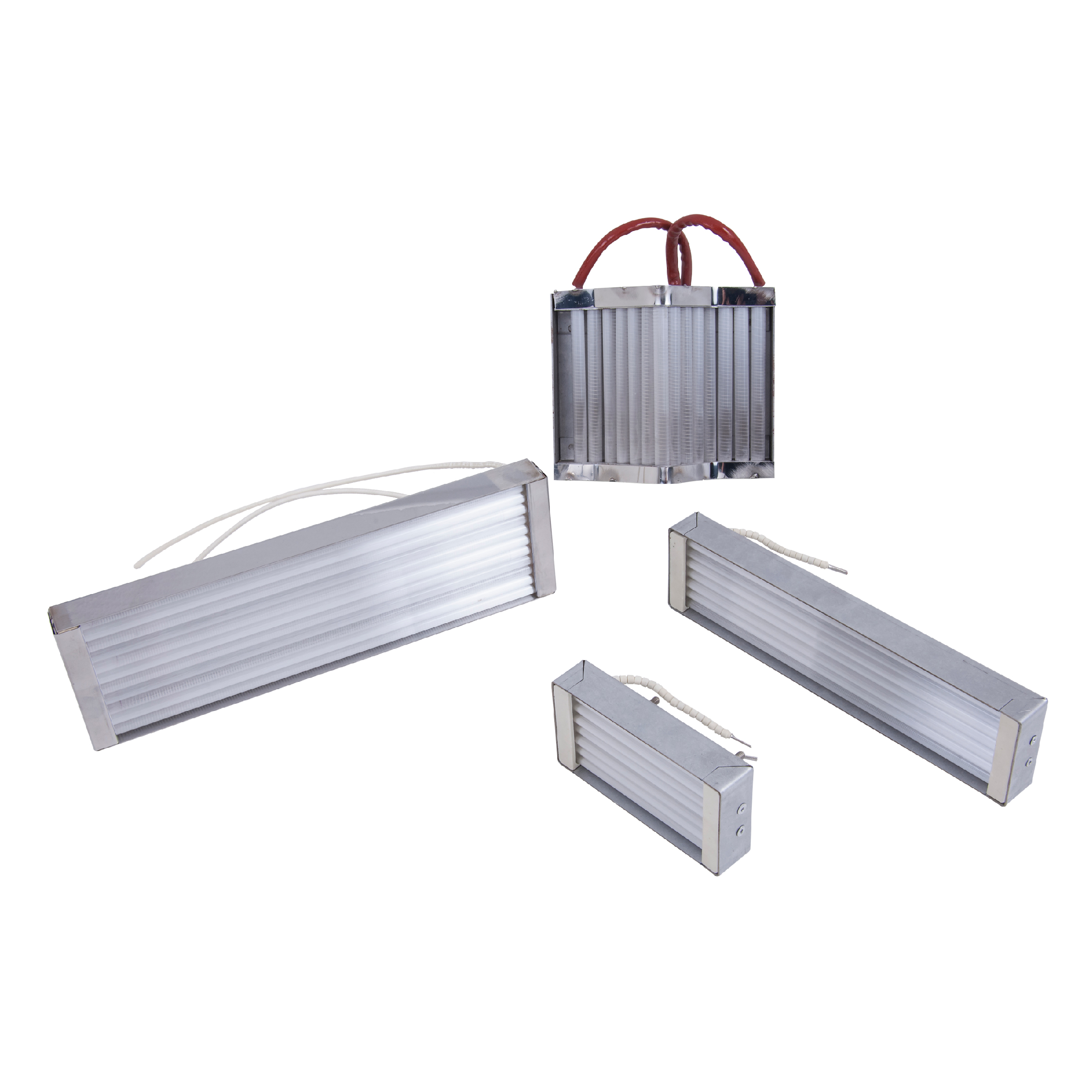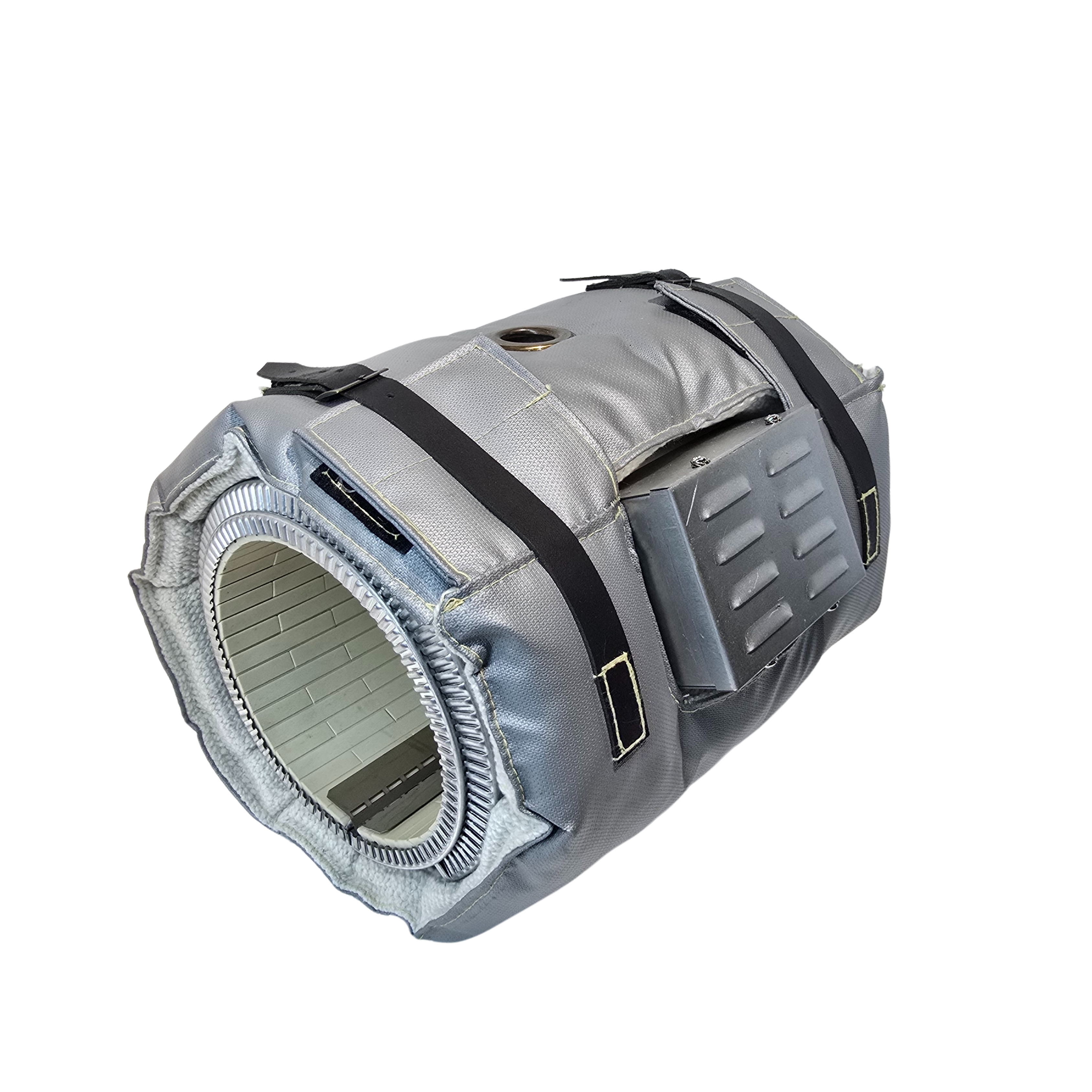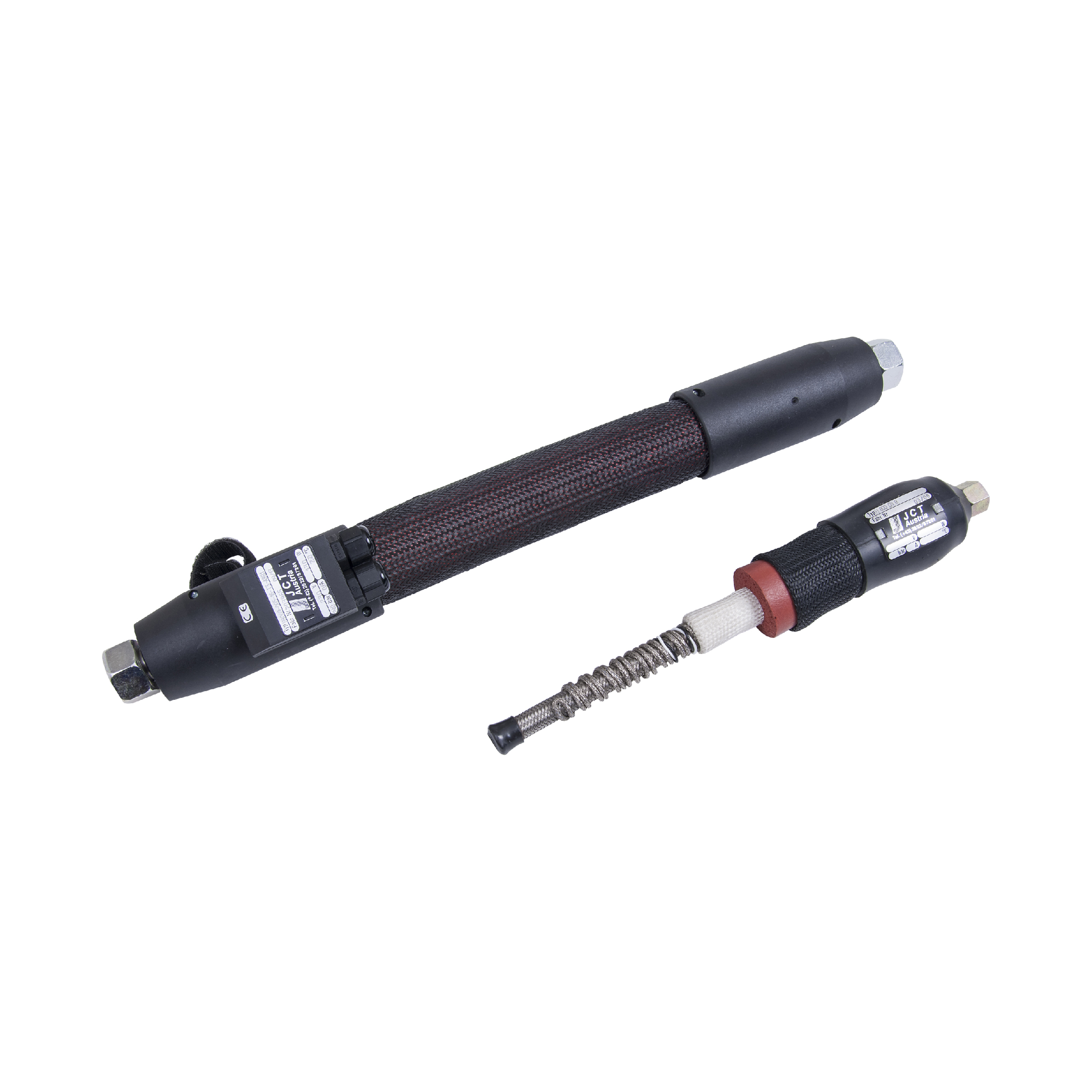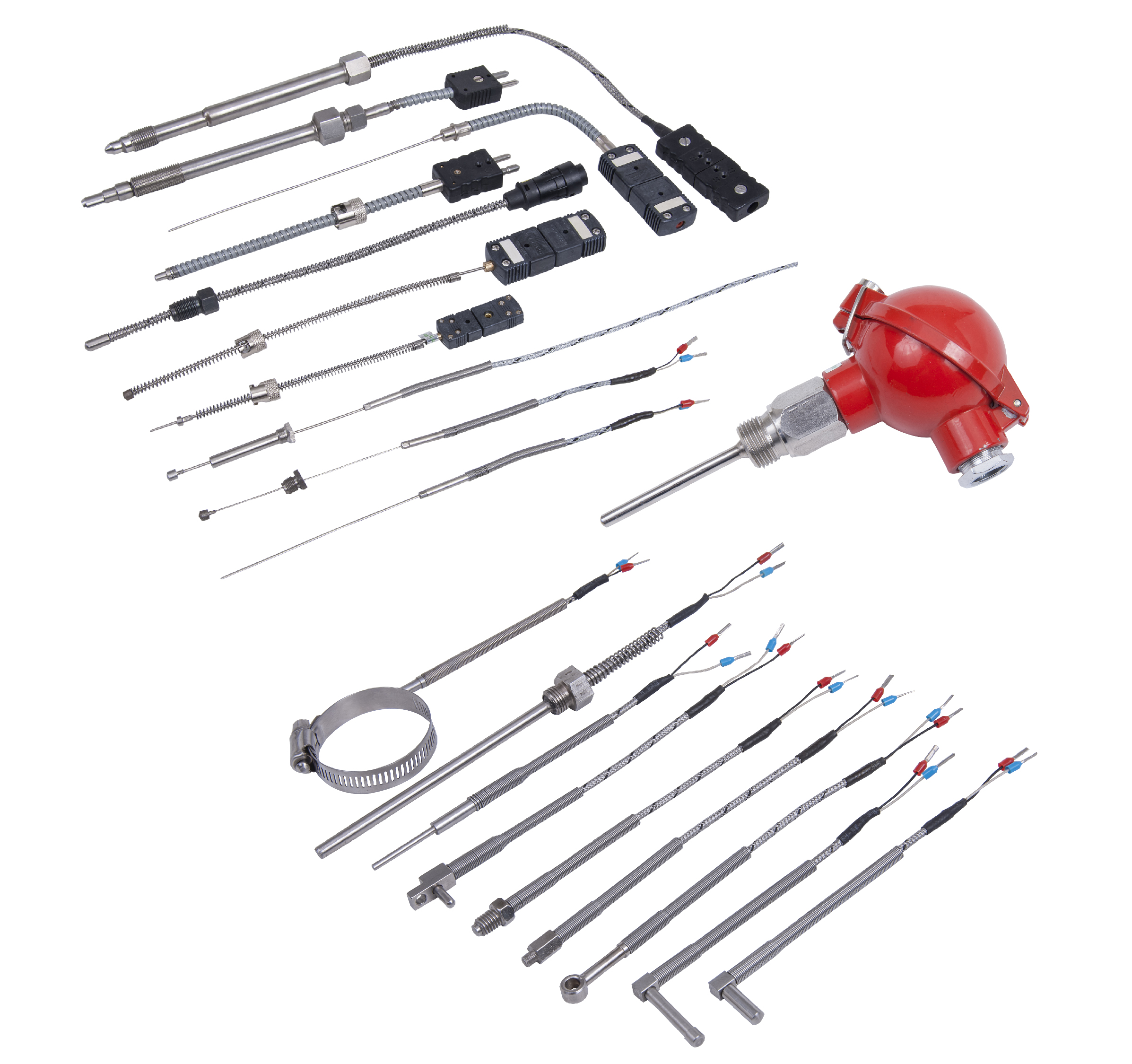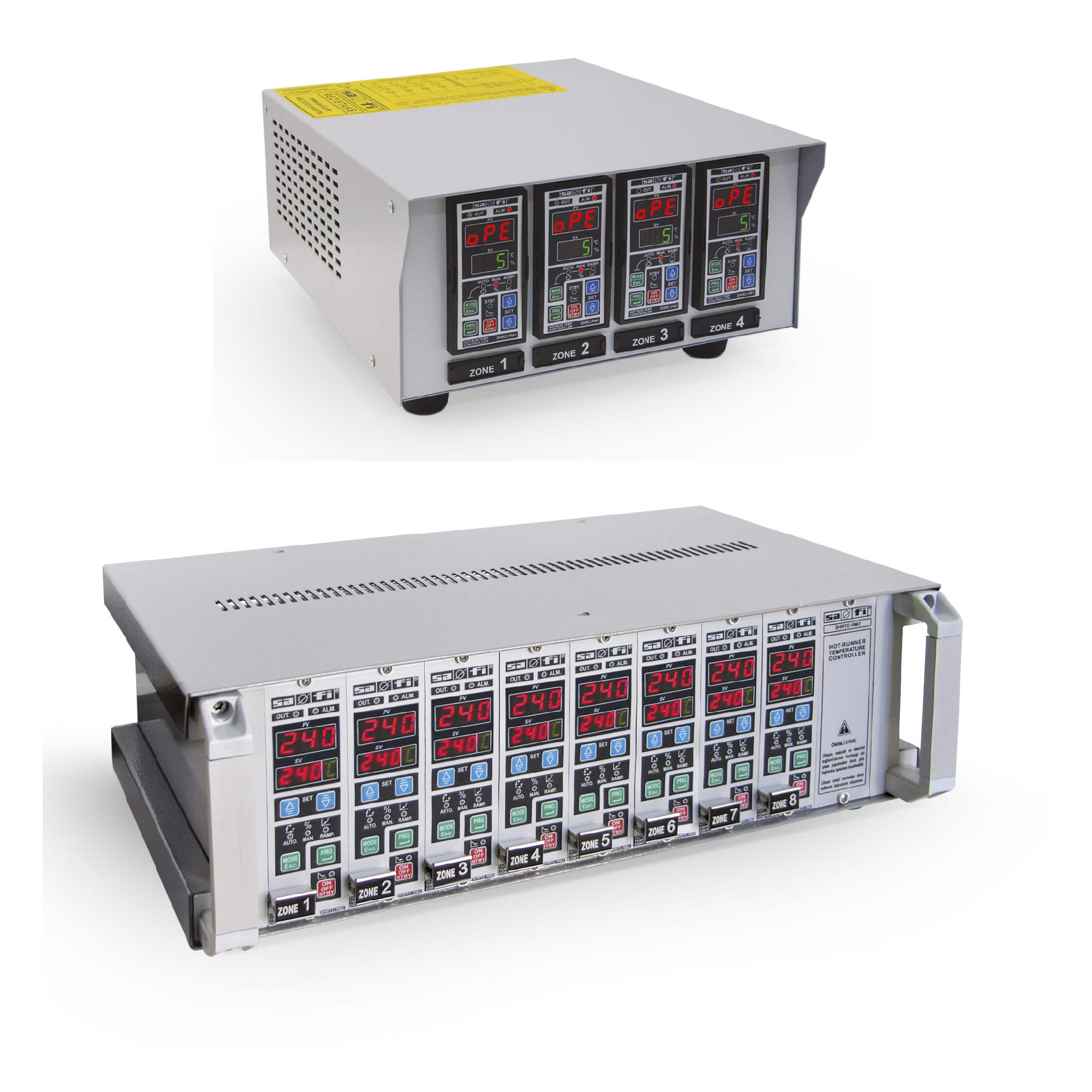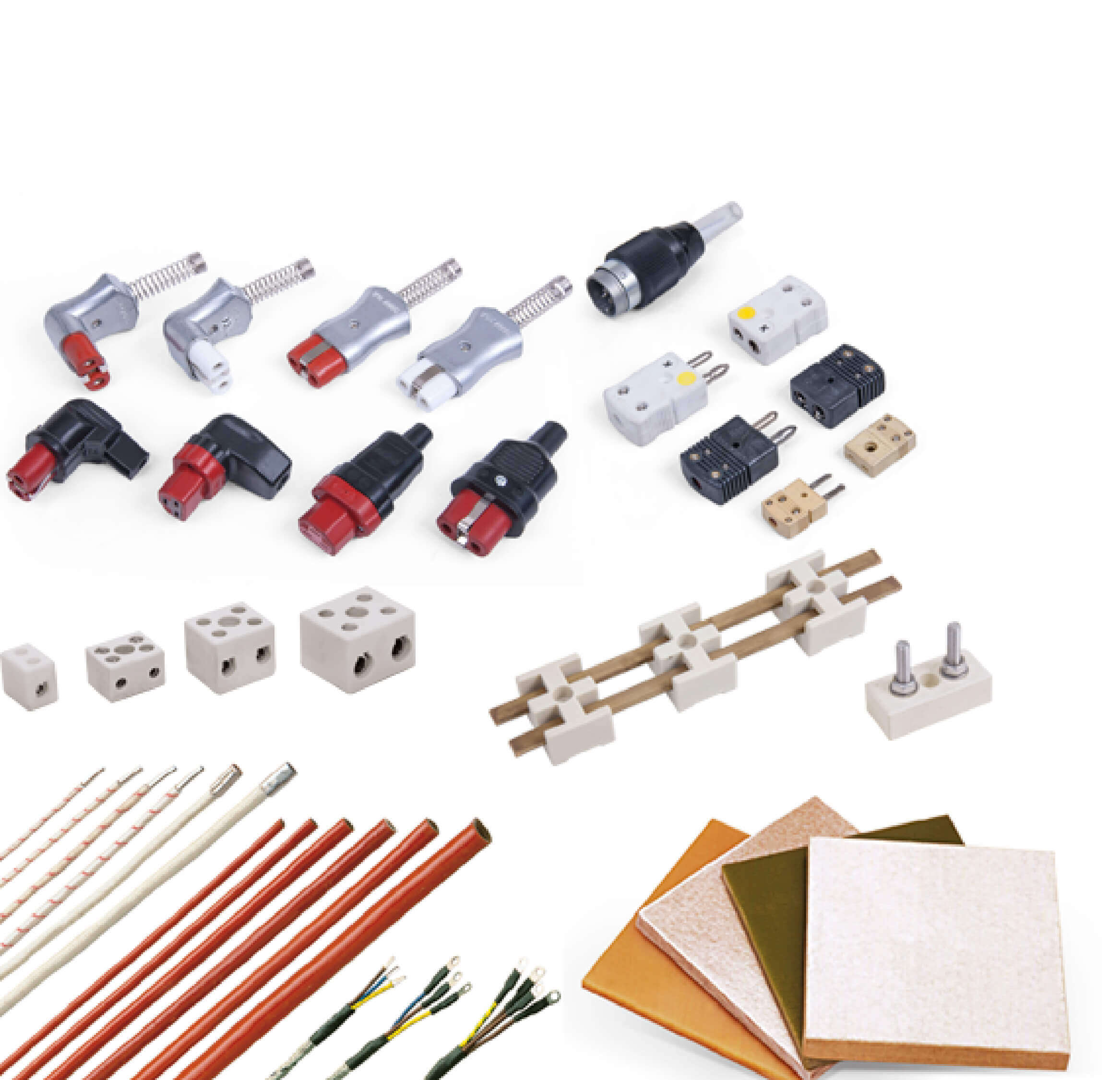Plate Heater Prices: Which Type Is Used Where?
Plate heaters are flat-surfaced heating elements designed for even heat distribution across a wide area. Commonly made from aluminum or ceramic bases, they are widely used in industrial presses, molding systems, and heating tables. In this article, we break down the factors that influence plate heater prices and explain which type is suitable for which application.
What Is a Plate Heater?
A plate heater consists of resistance wires embedded in a flat surface, usually enclosed in an aluminum or ceramic body. These elements provide uniform heating across the entire area, making them ideal for applications requiring stable surface temperatures.
Types of Plate Heaters
1. Aluminum Plate Heaters
These offer fast heat response due to aluminum’s high thermal conductivity. Best suited for low to mid-temperature applications (100°C – 350°C). Lightweight and customizable.
2. Ceramic Plate Heaters
Ideal for high-temperature processes (up to 600°C). They offer better heat retention and insulation. Frequently used in plastic and rubber molding lines.
Factors Affecting Plate Heater Prices
1. Dimensions
The larger the heater, the more material and wiring it requires—raising the overall cost.
2. Material Type
Aluminum heaters are generally more economical. Ceramic versions cost more due to their higher thermal resistance and complexity.
3. Power (Wattage) and Voltage
Higher wattage requires more heating wire and better thermal management—leading to higher prices.
4. Cable Type and Mounting
Custom cable exits, armored wires, or integrated terminals add to production costs.
5. Quantity and Customization
Standard models are cheaper in bulk. Custom sizes or one-off production are priced higher.
Where Are Plate Heaters Used?
Aluminum Plate Heater Applications
- Press machines
- Mold base heating
- Packaging glue plates
- Labeling machine heating areas
Ceramic Plate Heater Applications
- Rubber molding systems
- Plastic processing lines
- Laboratory oven surfaces
- Vacuum table heating units
Average Price Ranges
- 150x150 mm Aluminum Plate: 15 – 30 EUR
- 200x200 mm Ceramic Plate: 35 – 60 EUR
- Custom dimensions: Starts from 70 EUR and up
Note: Prices may vary depending on manufacturer, quantity, and technical requirements.
How to Choose the Right Plate Heater
- What is your required temperature range?
- What are the exact dimensions of your installation area?
- Do you need thermostat or sensor integration?
- Is the environment exposed to moisture, chemicals, or pressure?
- What is the preferred cable type and exit direction?
Plate heater prices vary depending on material, size, wattage, and customization. For cost-effective and long-lasting performance, selecting the right type—whether aluminum plate heater or ceramic plate heater—is crucial. Accurate specifications lead to better heat control, energy savings, and extended service life.

